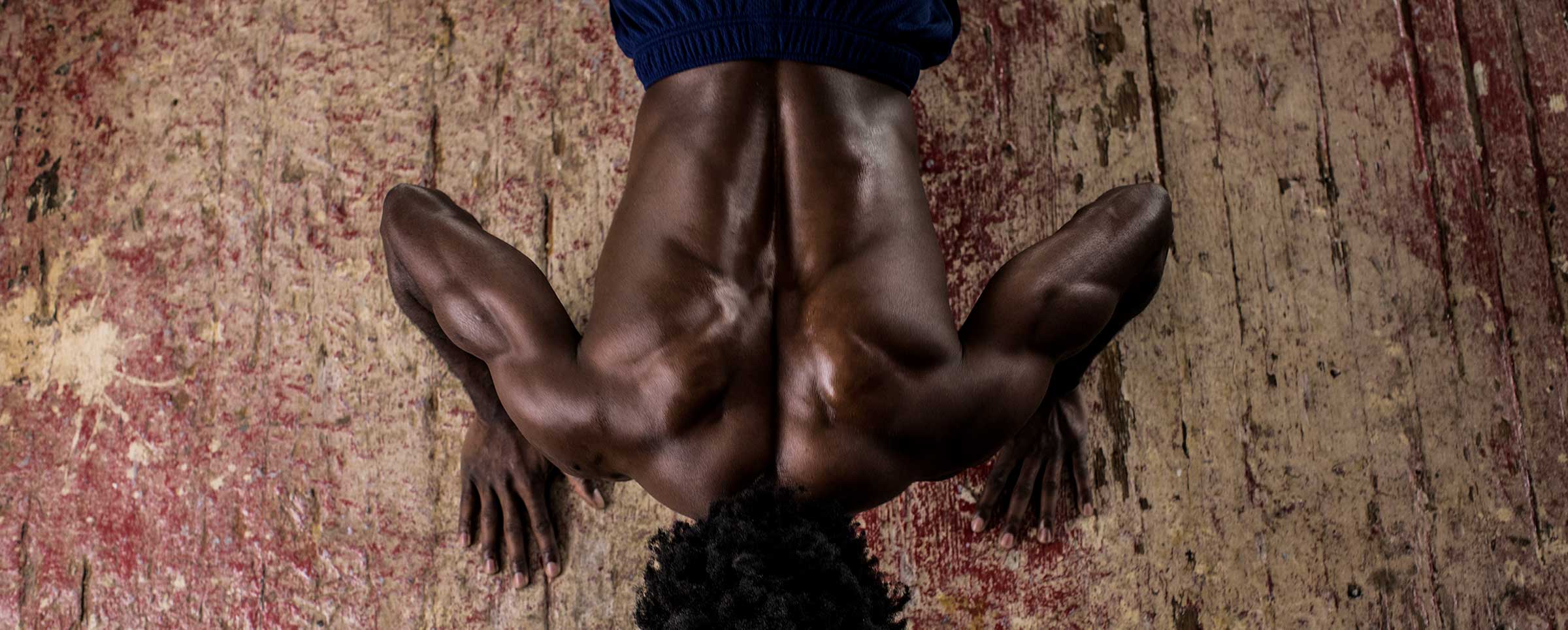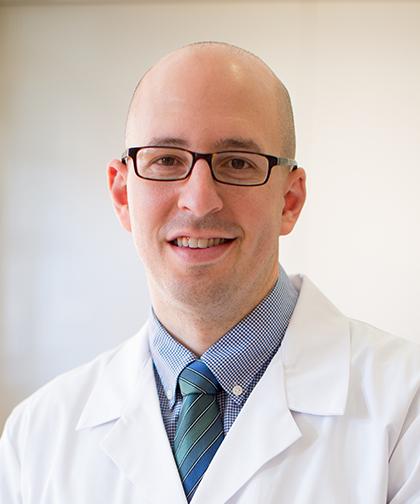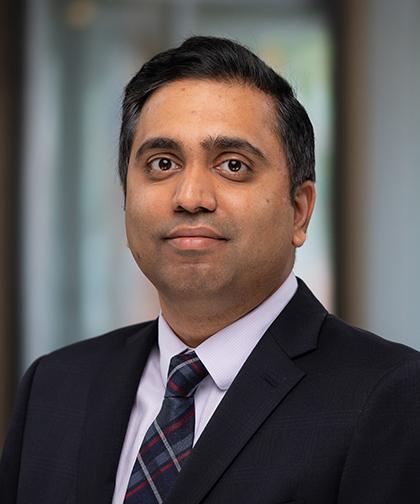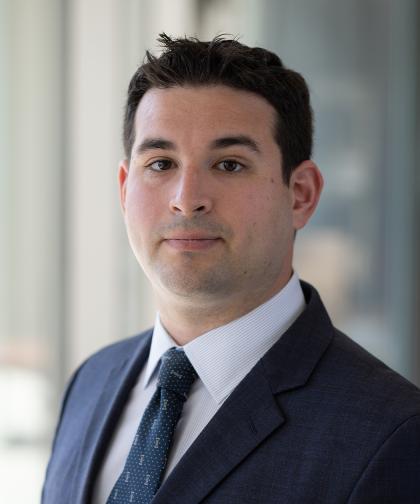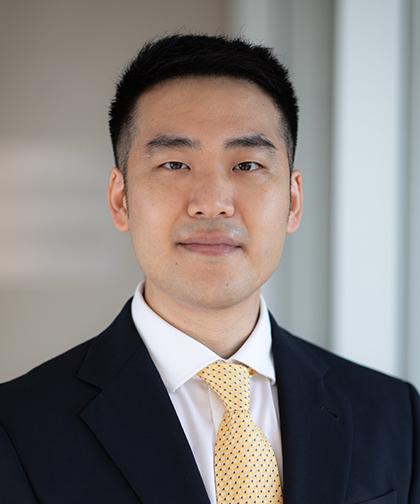Conditions We Treat
Montefiore treats a vast spectrum of conditions, a selection of which are listed below. In addition to these, we have experience treating many other conditions. Please contact us to schedule a consultation to review and discuss your specific healthcare needs.
Some Common Conditions
- Cervical radiculopathy or myelopathy
- Degenerative lumbar spinal stenosis
- Degenerative spondylolisthesis
- Isthmic spondylolosthesis
- Herniated nucleus pulposis
- Thoracic myelopathy
- Adult spinal deformity
- Scoliosis
- Kyphosis
- Spine tumors
